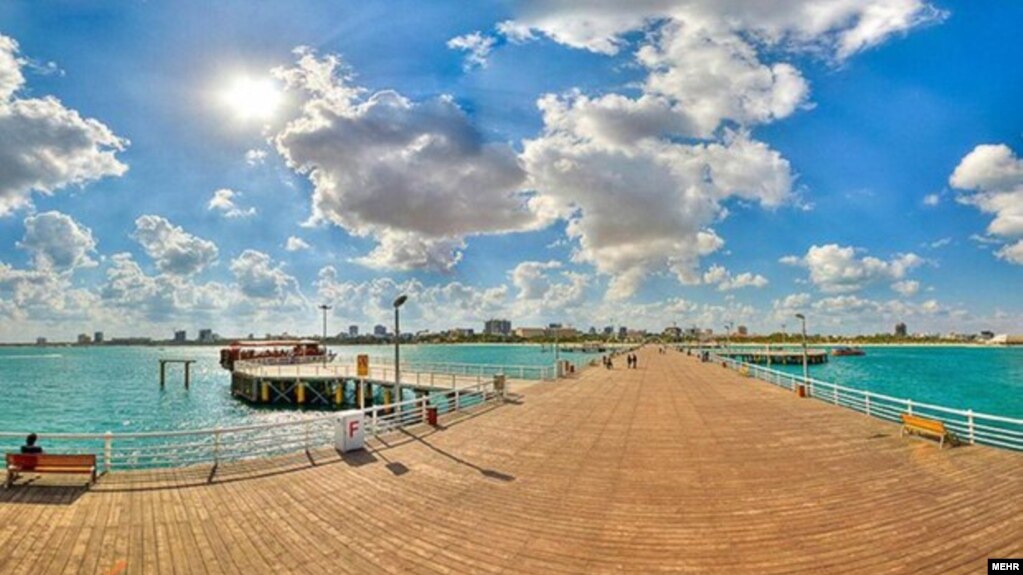There has been plenty of contentious debate over competing claims about the South China Sea (SCS), from the repercussions of the Permanent Court of Arbitration’s ruling against China in 2016 to the military analysis of China’s land reclamation efforts on the island it occupies. However, some analyses only view the South China Sea dispute in a purely geostrategic and economic way, as an arena for great power competition between China and the United States and a strategic trade route between East Asia and the Indian Ocean. But this view overlooks a crucial aspect that may determine the future of this issue and Southeast Asian politics at large: the role of history, especially its memory, and the associated issue of nationalism and populism in the conflict.
The History of the South China Sea
The South China Sea has always held a capital importance in the economy of Southeast Asia, especially in terms of trade. Traders, coming from Japan and southern Chinese regions such as the provinces of Kwangtung and Fukien, established a vibrant sea trade that began in the 11-12th centuries and progressively increased over the years, reaching its peak in the 17th century. In terms of political links between the countries, the Malay, Filipino and Vietnamese kingdoms have been tributaries of Chinese kingdoms for hundreds of years. This relationship created deep connections, arguably driving Ming kings to support the Malaccan kingdom after the Portuguese invasion of 1511. But such close interaction has also generated a great number of tensions between these countries, especially in Vietnam’s case.
Vietnam and China have had a long history of distrust and warfare. China colonized North Vietnam from 111 BC until 939AD. During this millennium-long colonization period, there were repeated Vietnamese attempts to regain independence until 939 AD, when Ngo Quyen became the first independent Vietnamese king after defeating a weakened Chinese power. Until the colonial period, Vietnam and China entered into several armed conflicts with each other, especially during periods of internal strife in Vietnam, while maintaining a tributary relationship and deep cultural links with shared Confucianism ideology,.
Looking to the modern era, the South China Sea became an area of contention starting in the 19th century when Vietnam, China, and European colonial powers such as France began to attempt to establish their sovereignty over the Paracel and Spratly Islands. Vietnamese King Gia Long and his successors dispatched flotillas to establish markers and Vietnamese sovereignty on the islands. This was followed by French expeditions in the 19th century. China also formalized its claim in the late 19th century, protesting SCS claims by Vietnam and its colonial power France by sending expeditions to the islands in 1903 and 1907. After serving as a strategic Japanese naval base in World War II, the fate of the Paracel and Spratly Islands remained in limbo. Using this ambiguity over sovereignty, in 1947, China’s nationalist government formally published what is now known as the “nine-dash line,” which claimed that China’s sovereignty encompassed practically all of the SCS. The conflict then turned violent in 1974 and 1988 at the instigation of China. Chinese naval forces took control of the Paracel and parts of the Spratly Islands through violent skirmishes with South Vietnam (in the case of the Paracel in 1974) and Vietnam. This established a durable Chinese military presence in the region, capable of controlling sea lanes using planes and warships, that slowly created a build-up in tensions that still lasts to this day.
This historical context proves both the geopolitical and trading importance of the South China Sea. It also shows that the Paracels and Spratlys are deeply rooted in the historical tradition of the countries that border them.
The rise in tensions has brought into the open multiple considerations and influencing factors. However, one of the most important factors in the South China Sea conflict has been the accentuation of nationalism in claimant countries. It has been noticeably evident in the two main countries involved: Vietnam and China. These are authoritarian countries, dominated by rigid Communist apparatuses, which need nationalism as a source of legitimacy to continue their societal control in the future.
Vietnamese Nationalism and its Limits
In Vietnam, due to its historical animosity with China, there has been public pressure calling for the government to hold official commemorations about the recent conflicts with China as well as further actions pushing back on Chinese aggressions. To this day, the Vietnamese government and population are still struggling over how to commemorate these events, with suggestions ranging from outright silence to low-key official ceremonies and social media campaigns. This has, in turn, influenced Vietnam’s actions in the SCS. In a strategy characterized by scholars as “cooperation and struggle,” the government is perpetually balancing itself between containing public displays of nationalism to maintain its relations with China and capitalizing on public emotion when needed.
On appearance, the display of Vietnamese nationalism seemed to be an organic movement of the people without any governmental direct orders. In recent years, there has been a significant rise in online nationalism fueled by social media campaigns, especially Facebook and the homemade social media network Zalo, which are used by most Vietnamese citizens. Through these platforms, Vietnamese cyber users can share anti-China sentiments, circulate demonstration calls, create workarounds to censorship, or share videos of protests to increase visibility. These actions have led to repeated protests against Chinese encroachment, such as in 2011 when anti-Chinese protests took place every Sunday in Hanoi and Ho Chi Minh City for two months, and, especially, in 2014 when China installed an oil rig in Vietnam’s economic exclusive zone. Tens of thousands of Vietnamese people assembled in major cities to call for its withdrawal. Many Vietnamese netizens called on Hanoi to unite with other Southeast Asian nations being bullied by China and to resist its aggression through force, referencing the victorious past of the country.
Although it seemed like a spontaneous display of patriotism, it was tacitly supported by the authoritarian Vietnamese state, which allowed uncensored public commentary on news outlets and social media. The Vietnamese state wanted to show its resolve to the Chinese government, and it wasn’t going to get in the way of public demonstrations attesting to that sentiment. However, the “HD-981 incident” as it’s known in Vietnam, also showed the Vietnamese government the dangers of nationalism. Even though China withdrew the oil rig earlier than scheduled, this came with violent riots against foreign, especially Chinese, companies by furious Vietnamese. This withdrawal caused great property loss and even deaths.
The Vietnamese government, conscious of the benefits and problems posed by nationalism, has thus adopted a dual approach towards nationalism and the South China Sea. On the one hand, the state has allowed the ongoing nationalistic discourse on social media and criticism of China’s naval actions in official news outlets. On the other hand, the Vietnamese official reaction to more and more Chinese encroachments has been limited since 2014. The Vietnamese Navy has not dared to confront the Chinese forces on the high seas. Rather, Chinese island construction projects, which created massive air and naval bases filled with military infrastructure and hardware, as well as the sinking of Vietnam fishing vessels and capture of its fishermen for ransom have only been met with statements of protest or silence. Vietnam has also not expressly supported freedom-of-navigation operations conducted by Western militaries in the region. No major anti-Chinese protests have happened in Vietnam except for one instance in 2018 against a planned law on special economic zones that would favor Chinese investors.
The Chinese Perspective and the Future of the South China Sea
On the Chinese side, nationalism is similarly on the rise, though not to the level of major protests like in Vietnam. Although the official Chinese position, which repeatedly insists on China’s “legitimate” claims, doesn’t involve threats of violence or offensive generalizations against Southeast Asian countries, there have been numerous online sentiments of nationalism on China’s social networks like Weibo. Many users applied racially-charged epithets to refer to people of Vietnamese nationality and referenced history by talking about “China’s military sacrifice for Vietnam” and Vietnam’s former status as a Chinese “vassal state”. However, this sense of pride and superiority didn’t translate to street protests. This has led to some analyses claiming that strategic considerations over control of crucial sea lanes, rather than domestic nationalist impulses, are the main motivator of Chinese assertive actions since the state made no effort to publicize its assertive actions or claim patriotic support for them. The use of nationalism has heightened the stakes of the South China Sea conflict, by playing into national popular opinions’ psyche and emotions. However, nationalism is a double-edged sword, and while governments have tried to appropriate the popular sentiment when convenient, it has not always been beneficial to them. The future role of nationalism in the South China Sea dispute is still uncertain, although we can say with certainty that this conflict will be riddled with turmoil and heightened tensions.
Cover photo courtesy of Le Quang Nhat | AFP | Getty Images, accessed at https://www.cnbc.com/2014/05/15/south-china-sea-the-real-reason-behind-the-china-vietnam-conflict.html











